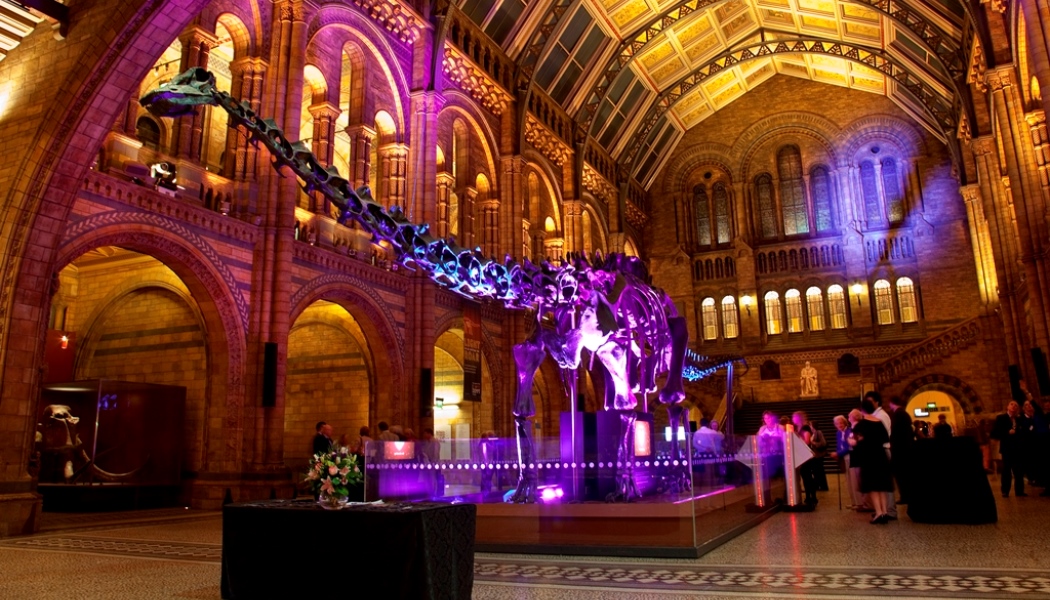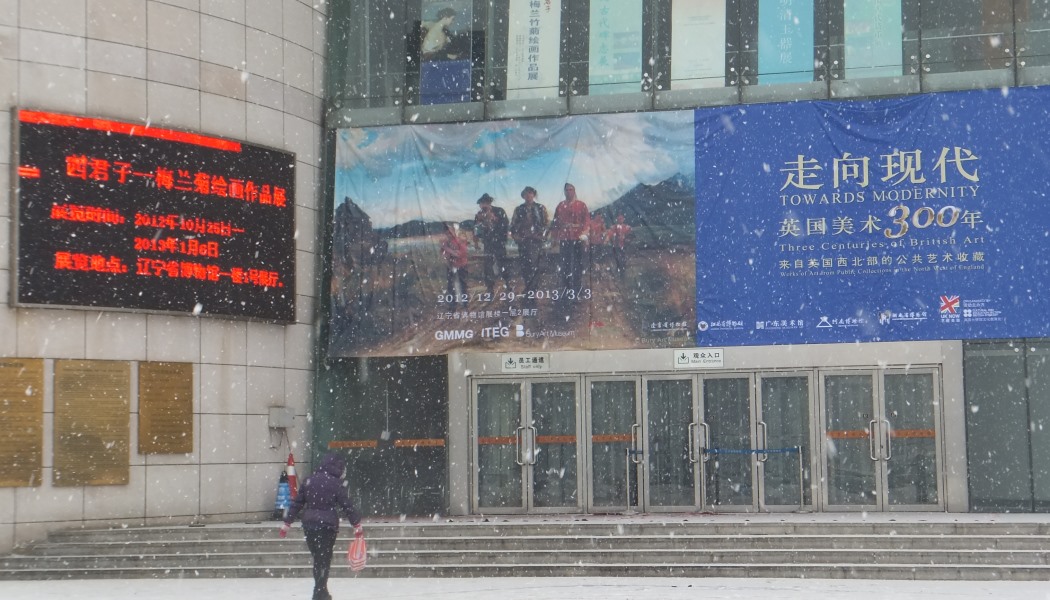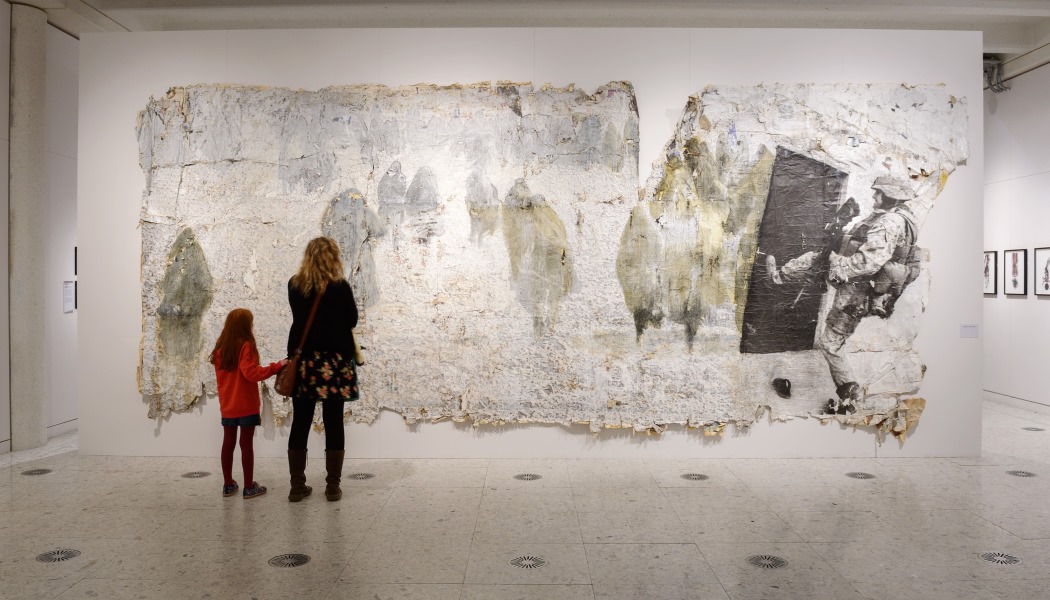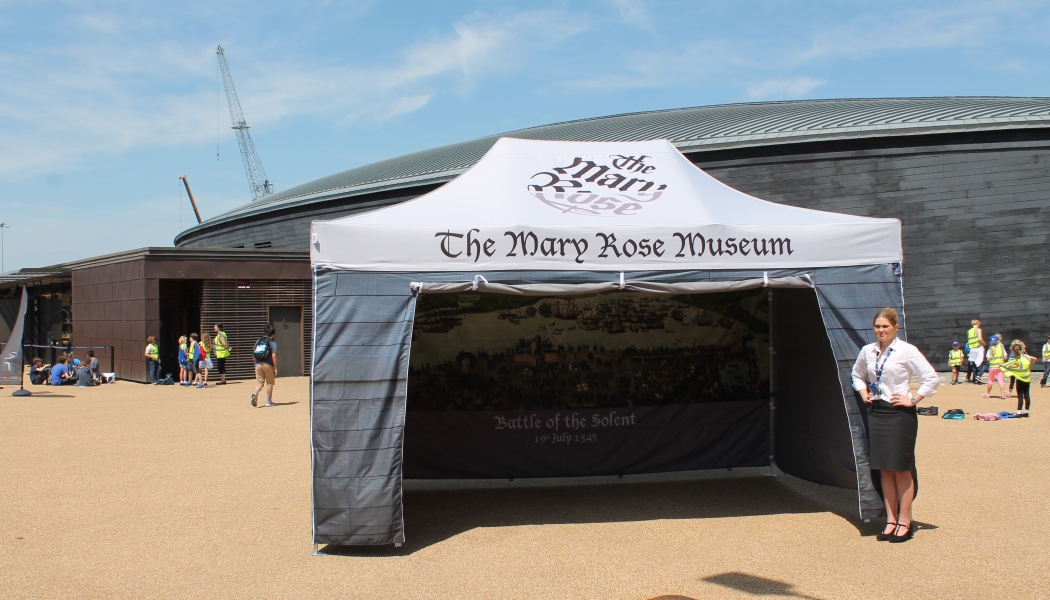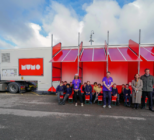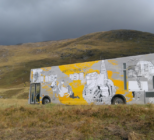Here M+H Advisor talks to the Touring Exhibitions Group, which is currently undertaking the Economics of Touring Exhibitions research and training programme, and presents five case studies (below) from museums that have created, or are currently planning, temporary and touring exhibitions to find out what motivates them and what the benefits are.
Last year’s stand out temporary exhibition was, most people would agree, Blood Swept Lands and Seas of Red that attracted more than five million visitors who viewed the display of 888,246 poppies, one to honour every death in the British and Colonial forces of the First World War. The exhibition won many accolades including Best Temporary and Touring Exhibition at this year’s Museums + Heritage Awards for Excellence and was originally displayed at HM Tower of London from August to November 2014.
Since then HRP, and the artists who created the poppies, have collaborated with 14-18 NOW to organise touring exhibitions of two key parts of the installation, Blood Swept Lands: the Weeping Window and the Wave, ensuring more people have the opportunity to experience the essence of the exhibition.
At the end of July the first three hosts were announced: Yorkshire Sculpture Park; St George’s Hall, Liverpool and Woodhorn Museum, the latter of which is featured as a case study. This shows inspirational vision by HRP and 14-18 NOW and considerable ambition from the hosts to take on such a high profile exhibit. It has required them to provide the venue and infrastructure in a very short space of time for what is sure to be an incredibly popular show, which is a big opportunity for the hosts to raise their profiles.
This echoes the findings of TEG’s Economics of Touring Exhibitions survey interim report, which is based on answers from approximately 200 UK museums, galleries and heritage venues. Of those organisations that have completed the survey, 71 per cent say the most important motivation for touring is to increase their profile as opposed to 36 per cent who cite generating profit as the main reason.

TEG, which was established in 1985, supports organisations that hire and originate touring exhibitions through its database of exhibitions, which among other things details the exhibitions which are on offer for tour.
This year TEG was successful in its application to ACE’s Museum Resilience Fund and received £40,000 over two years to deliver the Economics of Touring Exhibitions programme, which encompasses the survey, as well as 14 training sessions between February 2016 – January 2017 and on the on-line toolkit.
“TEG argues that the benefits of touring go beyond the generation of income. We believe touring uses resources more efficiently – you can offset the cost of developing an exhibition, bring nationally important objects to your museum, develop partnerships, diversify your audience, up-skill your staff and become more outward-looking as an organisation,”
says TEG researcher, Charlotte Dew.
One of the areas that TEG is keen to encourage and promote is partnerships and 32 per cent of those responding to the survey say they had developed their last touring exhibition in partnership.
In the survey the sharing of workload and costs were given as the principle benefits of partnerships. “This is interesting in the context of the survey responses concerning resources needed by those not currently touring; 80 per cent state they need greater staff capacity and 74 per cent require funding,” says Dew. “In times of austerity working in partnership to tour is a way to maintain a high quality temporary exhibitions programme.”
Dew says a simple economic model would be an exhibition that costs £20,000, split between a consortium of four museums that would each put in £5,000, who would present an exhibition that’s valued at £20,000 as well as pooling knowledge and other resources.
“Members negotiate exhibitions through the TEG network, that’s why people join, as well as the database there is an annual market place in an organisation in the UK, where members can meet, attend seminars and tours, and network.”
Those organisations currently hiring touring exhibitions stated that their motivations were 85 per cent to diversify their programme, 77 per cent to bring nationally or internationally significant objects to their region. 75 per cent to develop their audience and 72 per cent to be outward looking and work in partnership.
Of those organisations not currently developing touring exhibitions, 61 per cent are interested in doing so in the future. Of those, the highest motivation for doing so is to develop their audience (80 per cent), closely followed by increasing their organisation’s profile (68 per cent). The reasons these organisations gave for not hiring touring exhibitions was not having touring exhibition space (34 per cent) and 33 per cent that they were too expensive. But as you can see from the Herbert Touring case study, those producing touring exhibitions have factored in to this to make their offer flexible and affordable.
The TEG survey says that to source touring exhibitions, venues are most commonly using TEG’s website and information from their MDOs but many go directly to touring providers, such as Hayward Touring, the Crafts Council and the Design Museum.
TEG will pilot its Economics of Touring Exhibitions training at Birmingham Museum and Art Gallery on 4 November, with overall aims of providing ‘training that will equip people to tour and identify the best model to do so’.
Using the findings from the survey TEG will be able to offer a better understanding of the touring exhibition landscape and assist more museums and galleries and the touring exhibition providers to work together in the future.
The deadline for the survey was 28 August with the results being finalised at the end of September and presented at the MUSCON Conference in Barcelona from September 30, which promotes the exchange of travelling exhibitions and other projects between European, American and Asian museums.
Previous In Focus Reports
Packing and transporting museum collections – how to get it right
Packing and transporting museum collections is fundamental to museum discovery and requires an intricate process of planning and trust, which requires experts both within and outside of museums
In Focus: collections management – connecting objects and people
Collections are the powerhouse of museums but they are nothing without good management and the engagement of the audience
The balancing act of designing permanent exhibitions
The process of developing an exhibition from concept to realisation requires an enormous amount of planning and research and the aim is to give the best visitor experience possible by using the right amount of technology and design to tell the story
Valuing, insuring and securing collections
From government and museum-led initiatives to specialist companies there is a wealth of expertise catered to the sector that ensures buildings and collections are secure and accessible
3D Printing – re-making the museum
The use of 3D printers by museums has become more common recently with improvements in technology, lower prices and innovative ways to use them both curatorially and entrepreneurially
The Environmental Control of Collections
The environmental control of collections is essential for the upkeep of objects especially where light, humidity and temperature are concerned and is now a fine science with national standards



